Search Images
Browse Content (p. 1618)
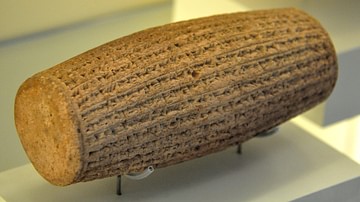
Image
Cylinder of Ashurbanipal II
Clay cylinder of the Assyrian king Ashurbanipal II (reigned 668-626 BCE). The cuneiform inscriptions on this cylinder talk about Nemitti-Ellil (or Nemet-Enlil) and the inner wall of Babylon's double city walls. From Iraq. The Vorderasiatisches...
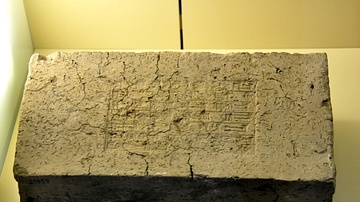
Image
A Stamped Brick of Nebuchadnezzar II
A hollow brick with a stamped inscription of the Neo-Babylonian king Nebuchadnezzar II. From Babylon (modern Babel Governorate), Mesopotamia, Iraq. 604-562 BCE. (The Pergamon Museum, Berlin).
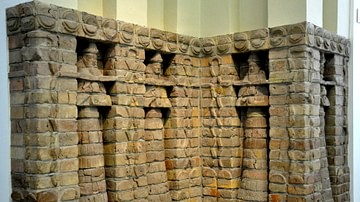
Image
Facade of Inanna's Temple at Uruk
Part of the facade of the temple of Inanna at Uruk. There are standing male and female deities in alternate niches. Each figure holds a vessel in his/her hands and pours life-giving water onto the earth. The cuneiform inscriptions on the...
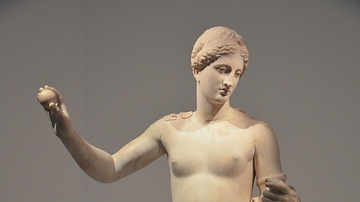
Image
Venus of Arles
The Venus of Arles, discovered in several pieces in the Roman theatre at Arles (France). The statue dates to the end of the 1st century BCE. It is on display at the Louvre, Paris.
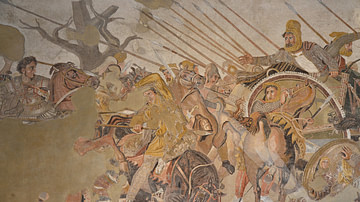
Image
The Alexander Mosaic
The Alexander Mosaic, dating from circa 100 BCE, depicts the Battle of Issus (333 BCE) between Alexander the Great and Darius III of Persia. The mosaic adorned one of the exedras on the north side of the peristyle of the House of the Faun...
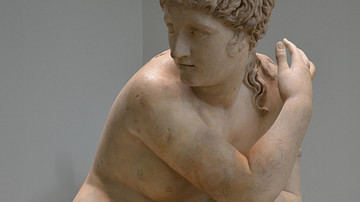
Image
Crouching Venus
Marble statue of a naked Venus crouching at her bath, 2nd century CE (Antonine period). It is a Roman version of an original from the Hellenistic period. (British Museum)
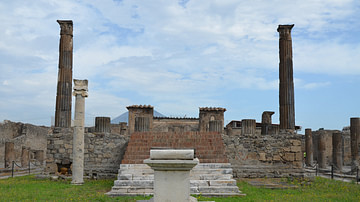
Image
Temple of Apollo, Pompeii
The Temple of Apollo in Pompeii, looking north towards the altar, podium and cella. Etruscan bucchero were found in the area of the temple testifying the existence of the cult of Apollo in Pompeii as early as the 5th century BCE. The ground...
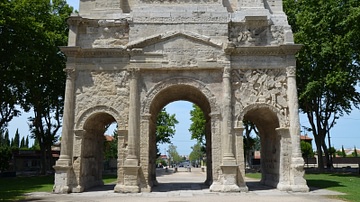
Image
Triumphal Arch of Orange
The Triumphal Arch of Orange (Roman Arausio) was built during the reign of Augustus (27 BCE - 14 CE) on the Via Agrippa to Lyon (Roman Lugdunum).
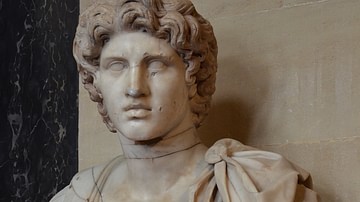
Image
Alexander the Great, Roman Era bust
Roman bust of Alexander the Great, excavated from the ruins of Herculaneum. (Blenheim Palace Oxfordshire, UK)
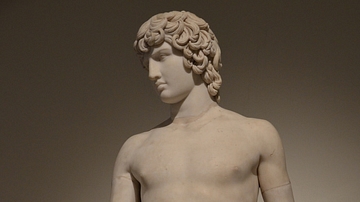
Image
The Antinous Farnese
The Antinous Farnese (named after its one-time owners the Farnese family), 130-138 CE, Naples Archaeological Museum.